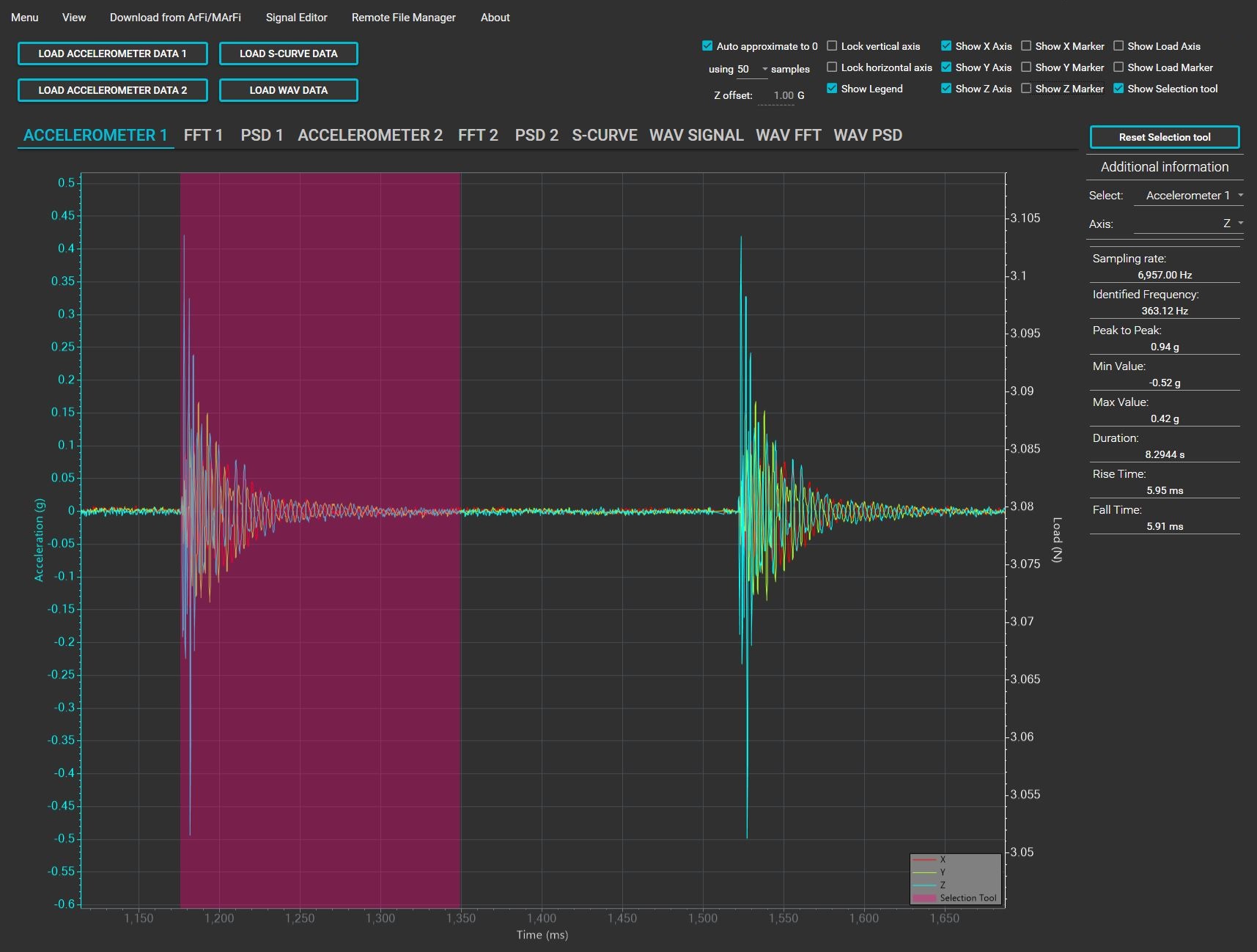
Why Invest in Testing?
Developing effective and reliable haptic feedback systems—especially across displays and smart-surfaces—requires more than just selecting the right actuators or technologies. It demands a deep understanding of how users perceive and respond to tactile cues within real-world applications. Testing is critical to bridge the gap between design intent and user experience.
By validating concepts early, you avoid costly revisions and ensure your solution delivers the right sensation, precision, and performance.
Haptic response is subjective and highly context-dependent, making iterative testing essential to fine-tune parameters such as force, frequency, latency, and feedback patterns.
Our testing methods allow you to explore the boundaries of haptic interaction and optimize for your specific use case.
Whether you’re developing for medical, industrial, or consumer applications, our expertise and test setups will help you define measurable requirements and guide development with confidence.

Our Testing Expertise

What is a Haptic Signal?
A haptic signal is how we translate digital interactions into physical sensations. Whether it's a subtle vibration or a dynamic texture simulation, haptic signals are designed to communicate information through touch. These signals are not random - they are carefully crafted, measurable events that deliver feedback through force, motion, or vibration.
We specialize in decoding and designing these tactile messages to create meaningful user interactions. From confirming a button press to simulating real-world materials, we help bring precision and clarity to how your product “speaks” through touch.
Whether you're developing a smart-surface, a touchscreen interface, or a wearable device, understanding and optimizing the haptic signal is the first step toward creating intuitive, engaging user experiences.

Active haptics vs traditional switches
Traditional mechanical switches offer a binary response - a simple click and release. In contrast, active haptics opens up a world of possibilities with programmable, adaptive tactile feedback that responds intelligently to context and user intent.
Active haptic systems can mimic the feel of a mechanical switch, provide variable feedback based on user input, or create entirely new tactile sensations. This level of flexibility allows designers to push beyond fixed physical constraints and toward dynamic, user-centered design.
We help bridge the gap between old and new - ensuring that active haptics not only match the reliability of traditional switches but also surpass them in functionality, durability, and user engagement.

Why measure the tactile perception?
Tactile perception is subjective - but it can be measured. Understanding how users experience touch is key to developing haptic systems that are not only technically sound but also feel right. By quantifying tactile feedback, we can fine-tune response curves, force levels, and texture simulations to match human expectations.
We use specialized test setups and methodologies to evaluate how users perceive and respond to haptic signals. This allows us to turn user feedback into engineering requirements - bridging the gap between perception and performance.
Whether you're optimizing for comfort, precision, or realism, our approach ensures your haptic solution resonates with real users in real-world scenarios.

Testing with a purpose
Not all testing is created equal. To build impactful haptic systems, testing must be intentional - rooted in clear objectives and guided by real application needs. Testing with a purpose means understanding what you're validating, why it matters, and how results will inform design decisions.
We design our testing processes to answer specific questions - whether it's about response accuracy, user comfort, or long-term durability. Our tools and expertise ensure that every test produces actionable insights that move your project forward.
From early prototyping to final validation, our focused testing methodology helps reduce development cycles, avoid costly missteps, and ensure your haptic system performs exactly as intended.

Need help? We've got you covered!
Have a question about our products or services? We're here to help.
Just click the button below to get in touch.